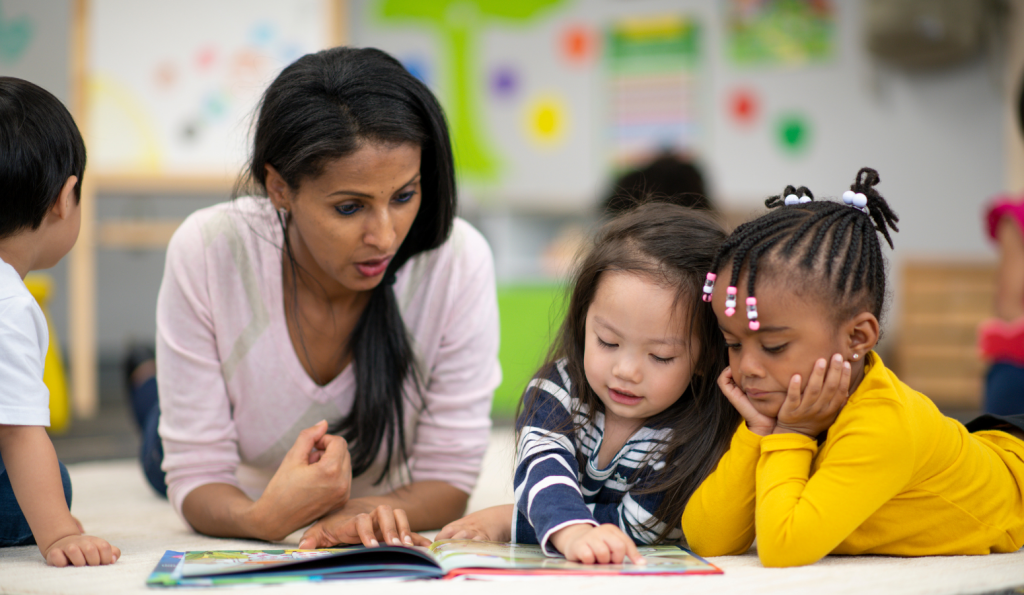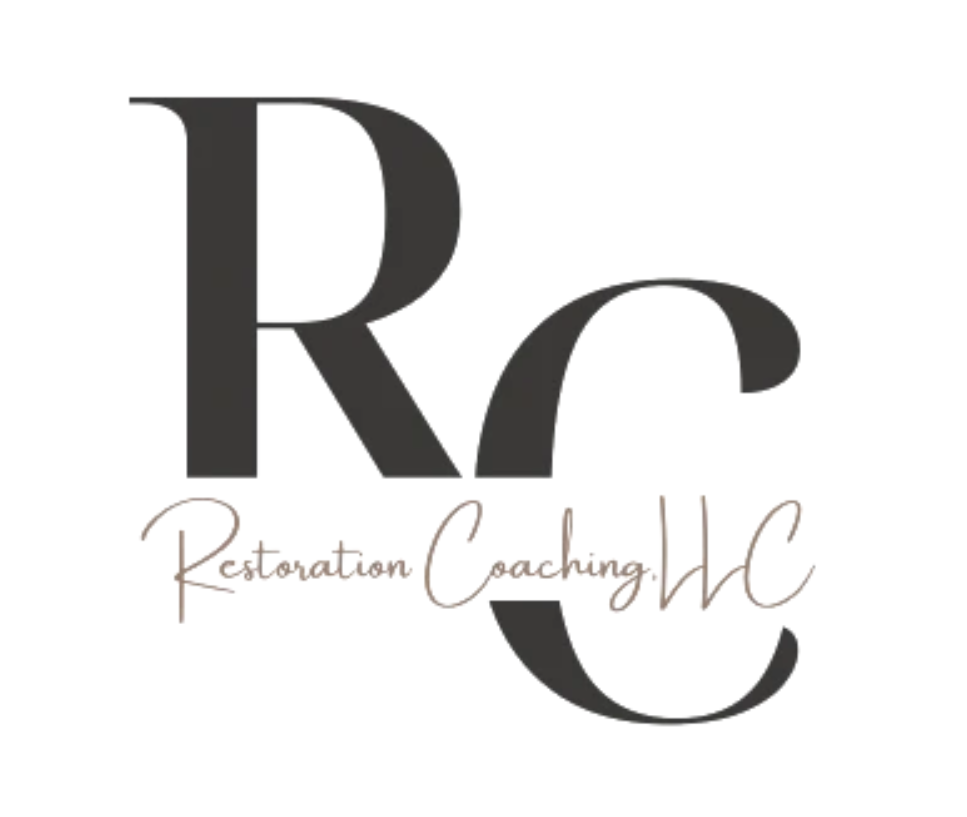By Janecia Rolland, MFT/PCC
February 1st, 2025

The trauma didn’t disappear when the world reopened—it simply shifted, and now educators and communities must move forward with a deeper, more inclusive approach to healing and learning.
When the COVID-19 pandemic disrupted our world, it forced schools and systems to confront what had long been ignored: inequity, unaddressed trauma, and the emotional labor carried by both students and educators. Classrooms went quiet, but the emotional noise got louder. And what became undeniably clear was this—our old ways of “doing school” could no longer hold the weight of our collective and individual experiences.
We were not just navigating a health crisis; we were facing a cultural, emotional, and systemic reckoning.
A New Kind of Urgency
As schools scrambled to distribute Chromebooks and create virtual classrooms, families were managing grief, job loss, and instability. Educators were expected to pivot overnight—teaching from their kitchens while also managing their own trauma and exhaustion. And in all of this, the needs of Black and Brown students—already disproportionately impacted by systemic inequities—became even more urgent.
The trauma wasn’t new. But the conversation finally was.
It became clear that trauma-informed, equity-centered practices could no longer be “nice to have.” They were—and still are—non-negotiable.
The Intersection of Equity, Mental Health, and Education
My work exists in the space where mental health, equity, and education collide. And what I’ve seen is this: when we train leadership, educators, students, parents, and community members with aligned, trauma-informed tools—tailored to their lived experience and role within the system—we build something powerful: a shared language for healing.
From absenteeism and disproportionality to social-emotional learning and de-escalation, the topics may vary—but the approach remains the same. We must meet people where they are, honor their stories, and build systems that center humanity.
Where Do We Go From Here?
If you’re asking yourself:
- How do we re-engage students and staff who are emotionally depleted?
- How do we create psychologically safe spaces for learning?
- How do we address the inequities that both predated and were amplified by the pandemic?
You’re asking the right questions.
But the answers won’t come from a one-size-fits-all training or a checklist of DEI terms. They come from intentional, experiential learning that challenges beliefs, builds trust, and provides tools for real change. They come from understanding that trauma sensitivity is not a strategy—it’s a mindset. And equity is not a department—it’s a daily practice.
Let’s Redefine What’s Possible—Together
In my work with schools and organizations, I offer tailored trainings, coaching, and facilitation that go beyond surface-level awareness. Together, we explore the “why” beneath the behavior, the systemic patterns behind the numbers, and the opportunities for growth that exist even in the discomfort.
Because the goal isn’t just to bounce back.
It’s to build forward—with purpose, equity, and a restorative mindset.

